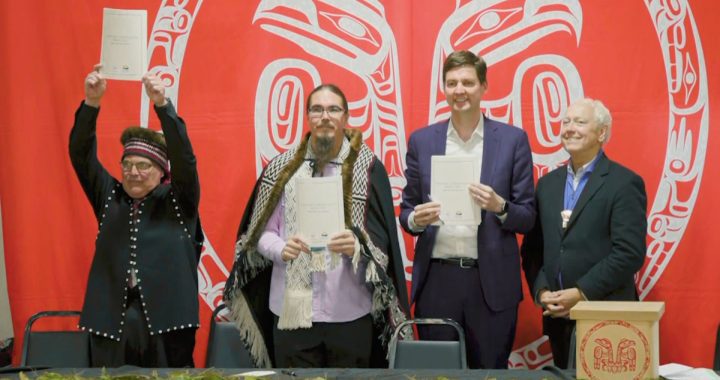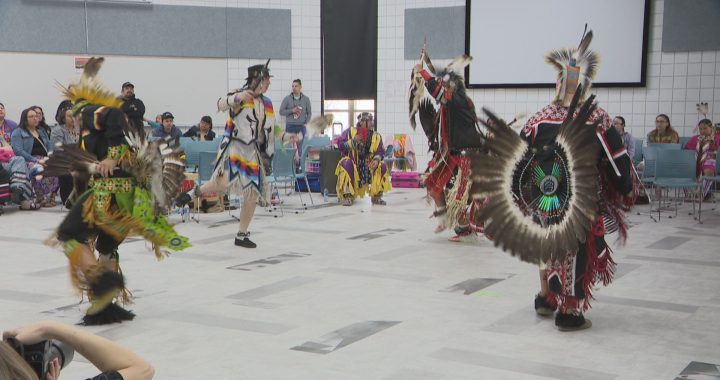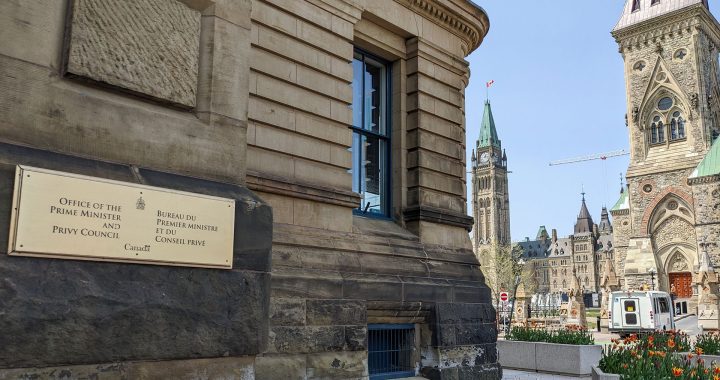Prime Minister Justin Trudeau announced the allocation of $1-billion to combat the outbreak of the novel coronavirus COVID-19 which the WHO has labelled a pandemic.
This figure includes $100-million, a portion of which goes toward “ongoing support for preparedness in First Nations and Inuit communities.”
“We’ve bolstered support for health services in Indigenous communities but the reality is that the number of people affected by the virus around the globe keeps climbing,” Trudeau said at a press conference Wednesday in Ottawa.
Hours later, the World Health Organization (WHO) declared the viral outbreak a pandemic.
The federal and provincial government are facing questions from opposing politicians who pointed out COVID-19 could disproportionately impact many Indigenous communities.
“Infectious diseases can be especially devastating for First Nations communities. The government tells people to wash their hands, but that’s hard to do when there’s no clean running water. The government tells people to self-isolate, but how do you do that when you live in a house of 10 to 20 people in each home?” Ontario MPP Sol Mamakwa asked the provincial government during question period.
Mamakwa represents Kiiwetinoong Riding in northwestern Ontario. He is the NDP critic for Indigenous Affairs and a member of the Kingfisher Lake First Nation.
Minister of Health Christine Elliott responded that the provincial government is “dealing with First Nations partners” but did not describe what specific steps they’re taking to help First Nations communities in Ontario.
NDP MP Niki Ashton raised the same question with federal Minister of Indigenous Services Marc Miller on Tuesday. She said her constituents in northern Manitoba were disproportionately impacted by H1N1 in 2009, when the federal government sent body bags to First Nations communities in the province.
Miller replied that “Indigenous communities are more vulnerable for a number of reasons: historic socioeconomic gaps, overcrowding, lack of access to clean and safe drinking water.”
Dr. Anna Bannerji, children’s infectious disease specialist and Indigenous and Refugee Health faculty lead at University of Toronto, told APTN News that people in remote communities need to be aware that the risk remains low.“
It’s not spreading widely compared to other countries. We’re not having a lot of local transmission, so that’s reassuring. Hopefully the virus will decrease in the summer season when the weather gets better as a lot of these viruses do,” she said in a phone interview.
The potential impacts on Indigenous communities aren’t clear because the virus is novel, she said.
“We don’t know what the impact’s going to be if and when it reaches some of these remote communities.”
Banerji is also chair for the Indigenous and refugee health conference, which brings Indigenous health experts together in May.
She said some Indigenous communities face substandard living conditions that result in higher rates of malnutrition, chronic illness, and diabetes. These problems require long-term solutions, she added.
“We need to have equity as far as the determinants of health – food, water, shelter, housing – and that’s really the long-term. We need to improve the standard of living for Indigenous groups. That’s what is needed to prevent the next wave of whatever virus mutates and is starting to spread.”
In the short term, governments can try to delay the outbreak of COVID-19 by increasing rapid access to testing, providing more nurses, and potentially restricting non-essential travel to remote communities.
“If introduction of the virus can somehow be delayed by restricted travel to these communities then it buys enough time to try to get a vaccine,” she said.
“When a vaccine is out there I think Indigenous peoples should be prioritized.”
However, if the virus finds its way into at-risk Indigenous communities, she said the focus should be on protecting more vulnerable community members like Elders or people with underlying conditions such as diabetes or COPD (chronic obstructive pulmonary disease).
Officials confirmed Wednesday that there were 41 COVID-19 cases in Ontario. There were 95 confirmed cases nationally as of Wednesday morning. One person – a B.C. resident – has died. The city of Ottawa also confirmed its first case.
This number included a male in his 50s in Sudbury who reportedly attended the Prospectors and Developers Association of Canada conference in Toronto last week, which chiefs from northern Ontario also attended.
The Thunder Bay health unit warned anyone who attended to self-monitor for symptoms of fever, coughing and difficulty breathing until March 18.
Tania Cameron was the band manager for Niisachewan Anishinaabe Nation near Kenora, Ont., during the H1N1 outbreak.
She updated her community’s pandemic plan to address COVID-19.“It’s looking at how to keep the community’s infrastructure going, if say your water treatment operator gets sick, what’s the backup plan? Because in most communities, you got one, you’re lucky if you have two. So how will we ensure continued access to water? What happens if that day were to come if we don’t have access to water, what’s our backup plan? It’s all these worse-case scenario planning just to be ready.”
Cameron says it’s important to keep communities properly informed without causing panic.
In an email to APTN, Indigenous Services Canada (ISC) confirmed they are working with First Nations communities on developing and implementing pandemic plans.
“ISC continues to engage with local health directors, health workers and nurses through various means via regional medical officers of health. These medical officers of health are also working with provincial partners in ensuring that First Nation population is fully integrated into provincial plans,” wrote spokesperson Vanessa Adams.
“ISC has a network of Regional Emergency Management and Communicable Disease Emergency coordinators, as well as Regional Medical Officers to advise and support First Nations across provinces and lead public health emergency preparedness and response as may be required. In British Columbia, the First Nations Health Authority is the service provider, but is included in the ISC’s network.”










Is this money based one membership? Or on reserve only which is only a portion of members